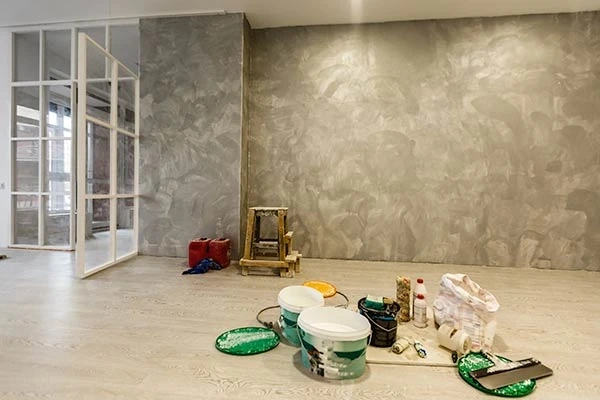Tenant-initiated remodels can be a double-edged sword for landlords. On one hand, they offer the potential to enhance property value and tenant satisfaction. On the other hand, they can disrupt property operations, raise legal and financial concerns, and strain landlord-tenant relationships if not handled properly. In this guide, we'll explore the essential strategies for landlords to navigate tenant remodels successfully, fostering collaboration and achieving positive outcomes for all parties involved.
Understanding Tenant Remodels
Tenant remodels occur when a tenant desires to make alterations or improvements to their rental unit. These remodels can range from minor cosmetic changes, such as painting or installing new fixtures, to more extensive renovations, such as kitchen or bathroom upgrades. While tenant remodels can enhance the living experience and add value to the property, they also raise important considerations for landlords regarding legal, financial, and logistical aspects.
Clear Communication and Expectations
Effective communication is the cornerstone of successful collaboration between landlords and tenants during remodel projects. Landlords should establish clear channels of communication with tenants from the outset, encouraging open dialogue and transparency regarding remodel plans, expectations, and guidelines. This includes discussing the scope of the remodel, timelines, budgetary constraints, and any necessary approvals or permissions required.
Reviewing Lease Agreements and Legal Considerations
Before greenlighting a tenant remodel, landlords should carefully review lease agreements and local regulations to ensure compliance and protect their interests. Lease agreements should outline the terms and conditions regarding tenant alterations, including the scope of permitted remodels, liability, insurance requirements, and the process for obtaining landlord approval. Landlords should also familiarize themselves with relevant building codes, zoning ordinances, and permitting requirements to ensure legal compliance.
Establishing Guidelines and Boundaries
Setting clear guidelines and boundaries is essential to maintain control and mitigate potential conflicts during tenant remodels. Landlords should establish specific rules and expectations regarding acceptable remodel activities, noise levels, working hours, and access to common areas. It's also advisable to outline procedures for resolving disputes or addressing issues that may arise during the remodel process.
Collaborative Decision-Making
While landlords ultimately have the final say on tenant remodels, collaboration and compromise are key to fostering a positive landlord-tenant relationship. Landlords should actively involve tenants in the decision-making process, soliciting their input and preferences regarding remodel plans, materials, and design choices. By incorporating tenant feedback and preferences, landlords can ensure remodel projects align with tenant needs and expectations, leading to greater satisfaction and success.
Financial Planning and Budgeting
Tenant remodels often entail financial considerations for both landlords and tenants. Landlords should work closely with tenants to establish realistic budgets, taking into account the scope of the remodel, desired outcomes, and cost-sharing arrangements. It's important to clarify financial responsibilities upfront, including who will cover material costs, labor expenses, and any associated fees or permits. By collaboratively planning and budgeting for remodel projects, landlords and tenants can avoid financial strain and ensure a smooth process from start to finish.
Monitoring Progress and Quality Control
Throughout the remodel process, landlords should actively monitor progress and quality control to ensure work is being completed to satisfactory standards. Regular inspections and updates can help identify any issues or deviations from the agreed-upon plans, allowing for timely adjustments or interventions as needed. Landlords should maintain open lines of communication with tenants and contractors to address any concerns or discrepancies promptly, minimizing disruptions and ensuring the successful completion of the remodel project.
Celebrating Success and Feedback
Once the remodel project is complete, landlords should take the opportunity to celebrate success and gather feedback from tenants. Recognizing and appreciating tenants' efforts and contributions can foster goodwill and strengthen the landlord-tenant relationship. Additionally, soliciting feedback on the remodel experience can provide valuable insights for future collaboration, helping landlords identify areas for improvement and enhance the overall rental experience.
Conclusion
In conclusion, navigating tenant remodels requires proactive communication, clear guidelines, and collaborative decision-making between landlords and tenants. By establishing mutual trust, respect, and cooperation, landlords can effectively manage remodel projects, minimize conflicts, and create positive outcomes for all parties involved. With careful planning, open communication, and a spirit of collaboration, tenant remodels can be a rewarding opportunity to enhance property value and tenant satisfaction in the rental market.


